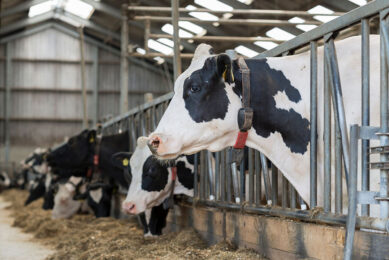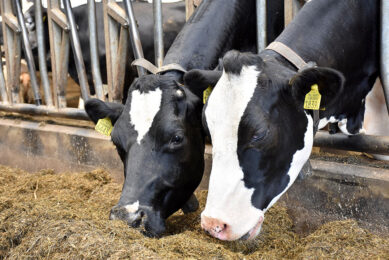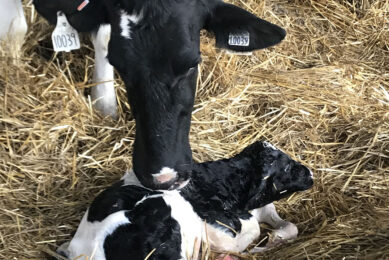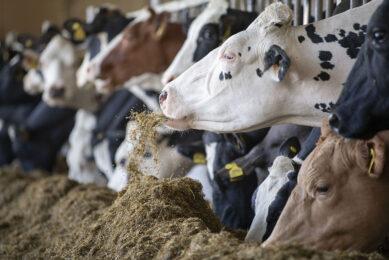Birds on dairy farms – the economic and health impact
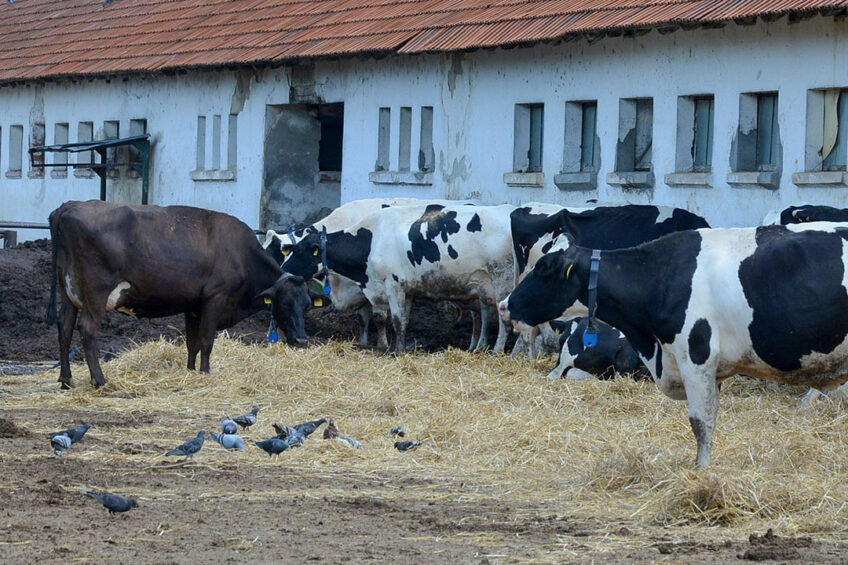
Birds consume and contaminate feed intended for cattle on dairy farms, resulting in increased feed costs and disease risk. A study looked at the economic and health impacts of birds on dairy farms in Washington State.
The study was implemented by Washington State University’s Pest Bird Management group and published on PLOS ONE.
Dairy feed losses due to wild birds
Modern feed storage practices allow better access for foraging birds. Dairy operators reported feed losses valued at US$55 per cow resulting in annual losses totalling US$5.5 million in the western region of the state and US$9.2 million in the eastern region. European starlings were the most frequently implicated species statewide.
In other areas of the US, the impact of birds on dairy farms has been linked to significant economic damage and disease transmission.

Relation between disease and bird abundance
Birds have been implicated in the transmission of pathogens due to their close contact with animals. They can contaminate feed and water and/or transport pathogens between livestock facilities.
The presence of high-density bird flocks at livestock facilities creates conditions ideal for the transmission of pathogens between birds and cattle. Pigeons have been reported to acquire and recirculate pathogens including Salmonella on dairy farms. Starlings may contribute to pathogen transmission by physically moving cattle faeces, which may contain Salmonella, E. coli, and other pathogens, into feed and water troughs, thereby disseminating pathogens throughout livestock facilities.
A survey of commercial dairy operators in Pennsylvania, New York and Wisconsin suggests dairy farms reporting 10,000 or more birds per day lost US$64,000 of feed annually and were more likely to self-report Salmonella and Johne’s disease.
Nutritional depletion of feed
Bird depredation of cattle feed may result in nutritional depletion of feed, which may impact milk production. Depenbusch et al. reported increases in daily production costs of $0.92 per animal at a Kansas feedlot due to feed consumption by starlings.



